Asari no Sakamushi is a popular traditional Japanese dish that features asari clams (also known as Manila clams). Steaming the clams with sake enhances their delicate flavor, making the dish simple yet exceptional.
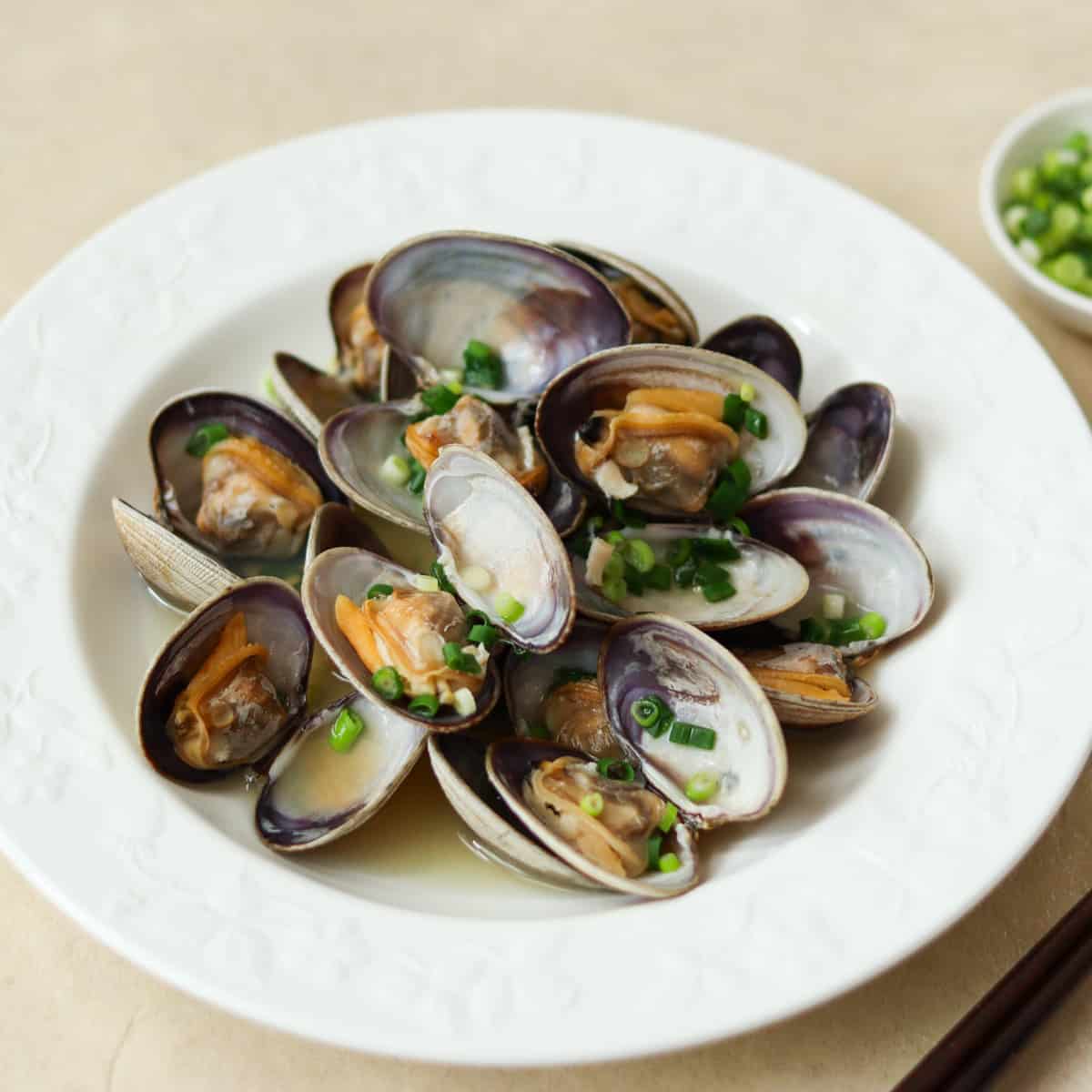
Jump to:
What is Asari no Sakamushi?
Asari no Sakamushi is a traditional Japanese dish made by steaming asari clams with sake. "Asari" means asari clams (Manila clams), "no" indicates possession (connecting the preceding and following words), and "Sakamushi" refers to steaming with sake. Using sake instead of water for steaming serves two purposes: it helps reduce the odor of the clams and adds depth of flavor to the dish.
While you can season it to your liking, the natural flavor and saltiness of the clams are enough to make it delicious on its own. It is a simple yet delightful dish that allows you to enjoy the essence of the clams with just a few ingredients.
How to clean clams before cooking
When using clams in cooking, it is important to clean them thoroughly to remove any sand they may contain. This is because clams live in sandy areas and naturally take in sand as they filter water to breathe. To purge the sand from the clams, you need to recreate the seawater environment they live in and let them filter it out.
While there may be different methods for cleaning clams depending on your region, I will share a commonly used method in Japan here.
Step 1
Fill a bowl with water and add salt equal to 3% of the water's volume, then stir until the salt dissolves.
The ratio of salt to water is about 1 Tbsp per 2 ½ cups (600 ml) of water. It is important to measure accurately, as a salt concentration different from 3% may prevent the clams from purging sand properly.
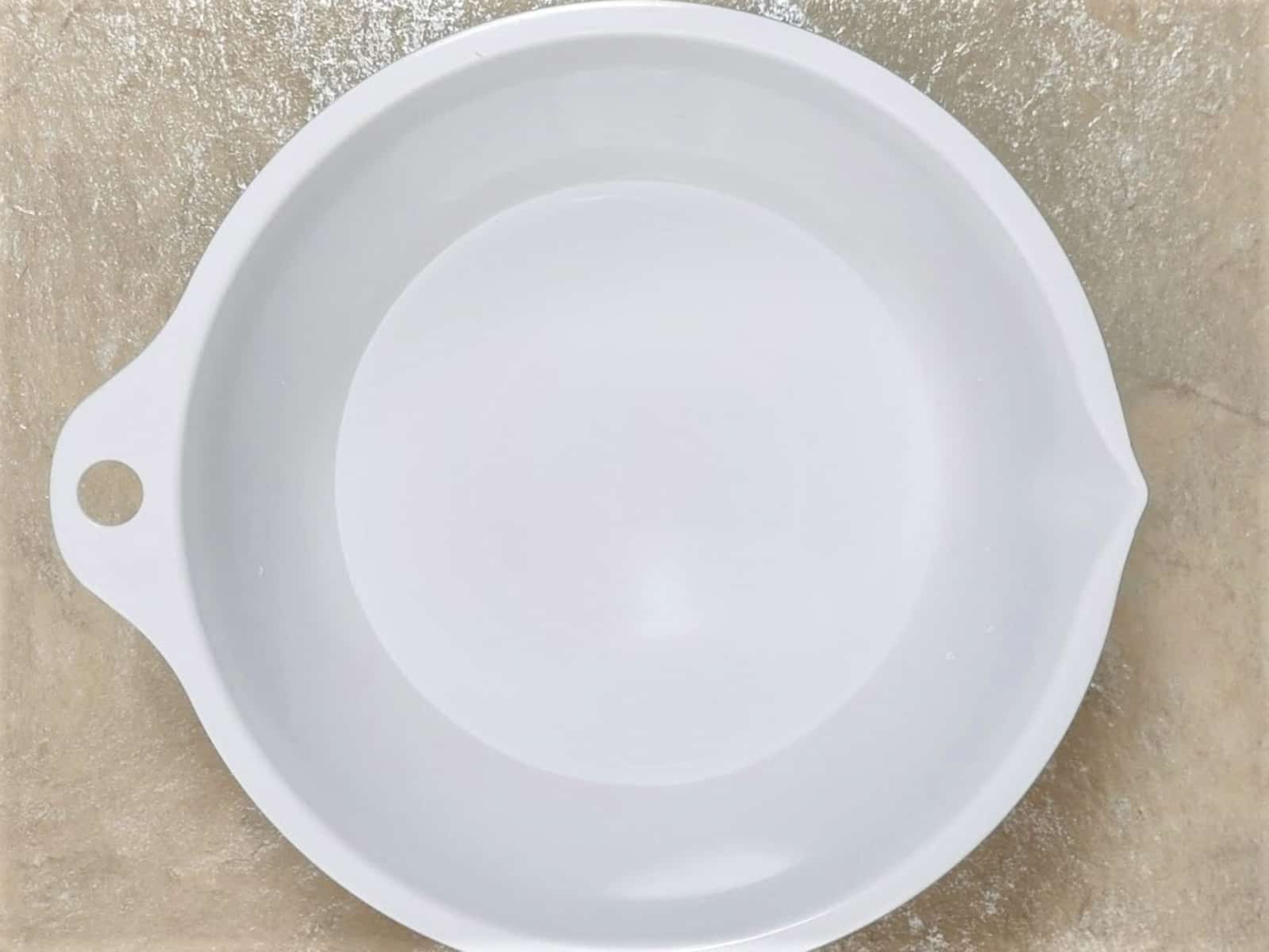
Step 2
Place a colander in the bowl of salted water and put the clams in it, making sure they don't overlap too much. Adjust the water level so that the clams are just barely submerged.
The reason for using a colander is to prevent the clams from re-ingesting the sand they expel. Adjusting the water level also helps prevent the clams from suffocating if they are submerged too deeply.
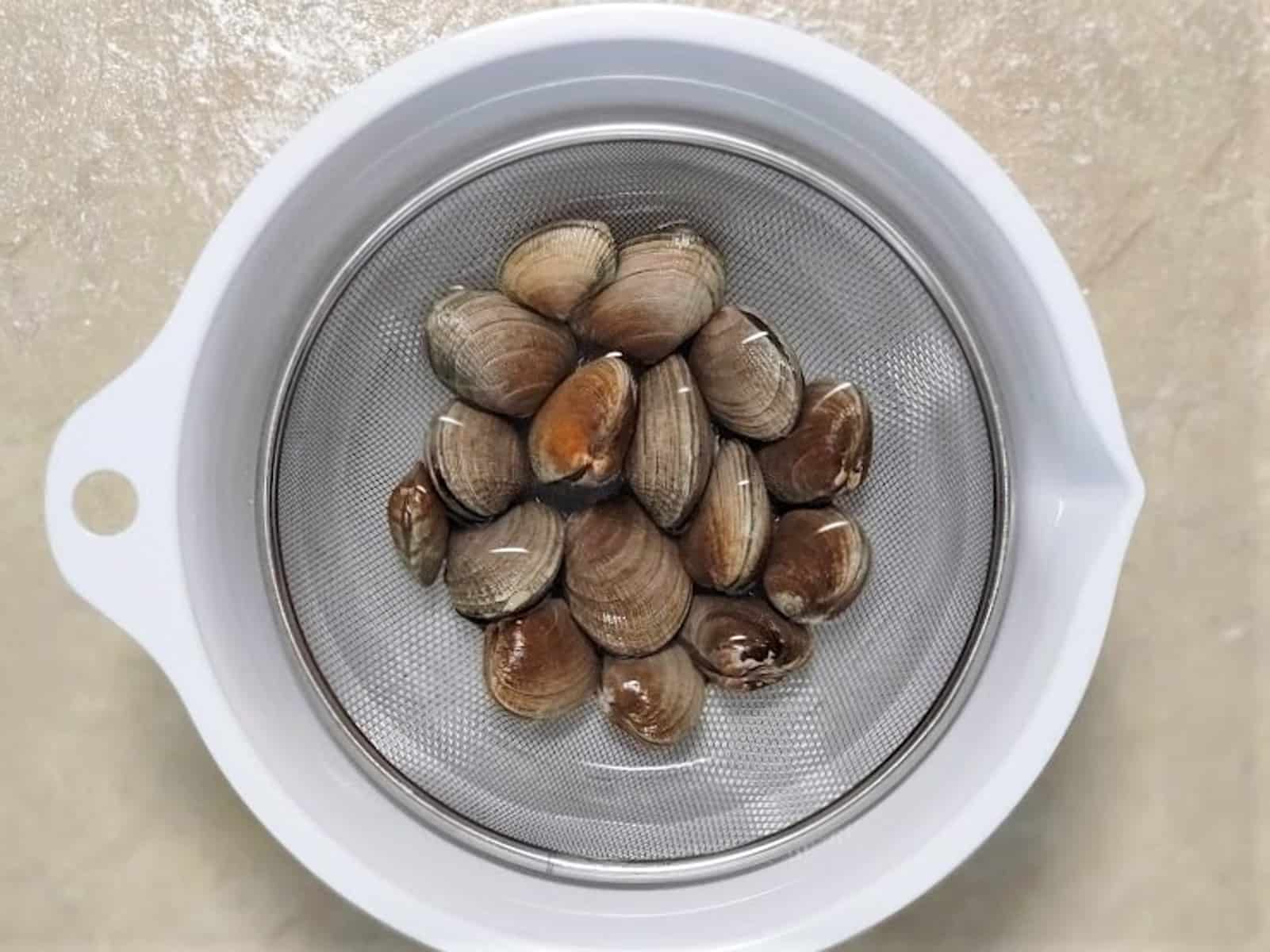
Step 3
Cover the bowl with aluminum foil and place it in a cool, dark place. If you bought the clams from a grocery store, let them sit for about an hour. If you harvested the clams yourself, let them sit for about half a day.
Covering the bowl with aluminum foil and placing it in a dark place helps recreate the conditions clams experience in the sand. This not only keeps out light but also prevents water expelled by the clams from splashing out.
Keeping them in a cool place is important because clams are most active at around 68℉ (20℃). If the temperature is higher, add cold water to bring it down to around 68℉ (20℃).
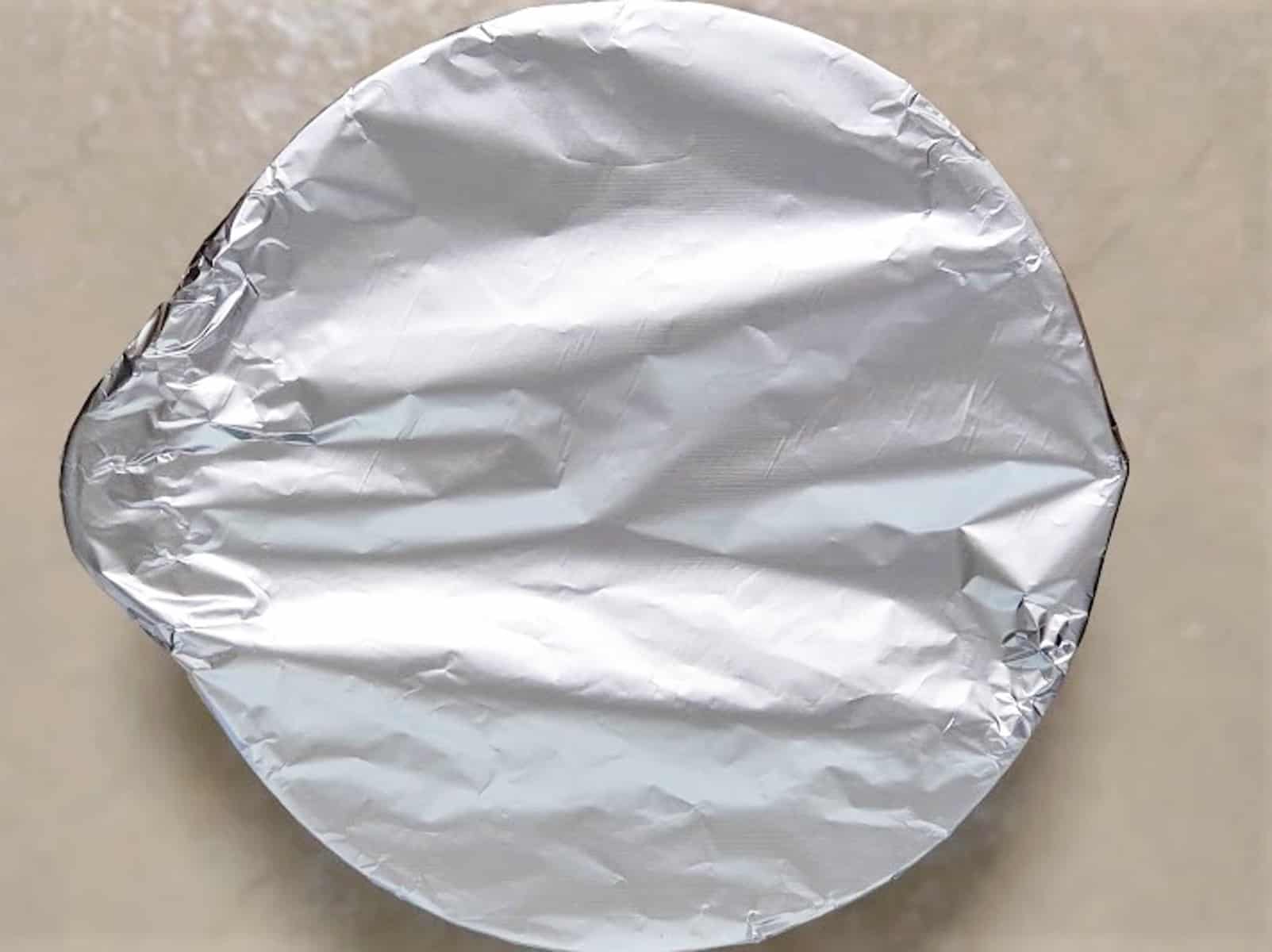
Step 4
Scrub and rinse the clams.
This helps remove dirt from the surface of the shells. However, clams purchased from the grocery store are usually not very dirty, so a quick rinse is often enough. If you are using clams you harvested yourself, be sure to wash them thoroughly.
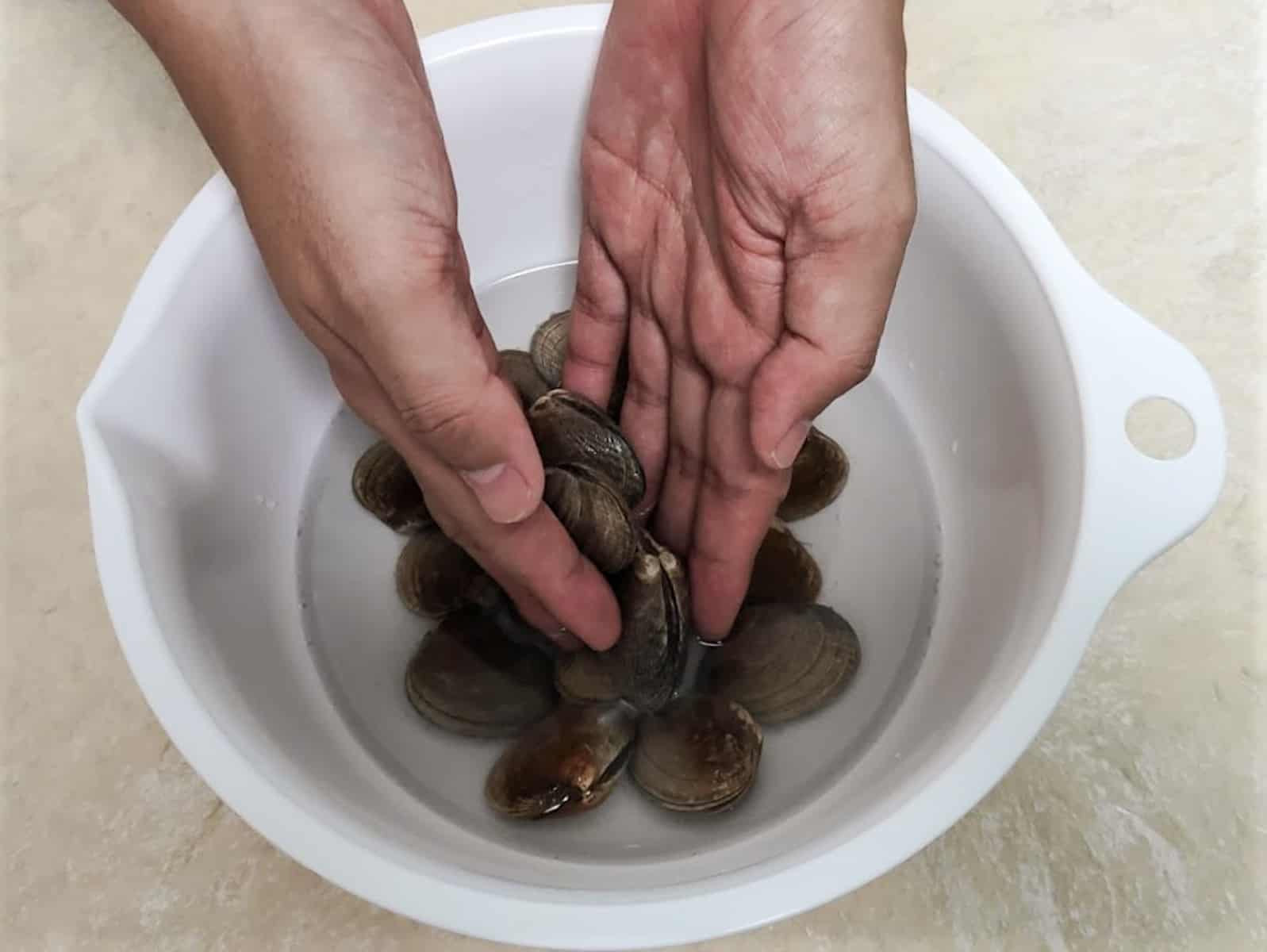
Optional additions
First of all, I recommend enjoying this dish without any additional ingredients so that you can fully appreciate its natural flavor. However, you can add some extras to suit your taste.
Adding garlic, chili peppers, butter, or soy sauce is also common in Japan. If you are curious, feel free to experiment. Just be sure to use them sparingly so they don't overpower the dish's natural flavor.
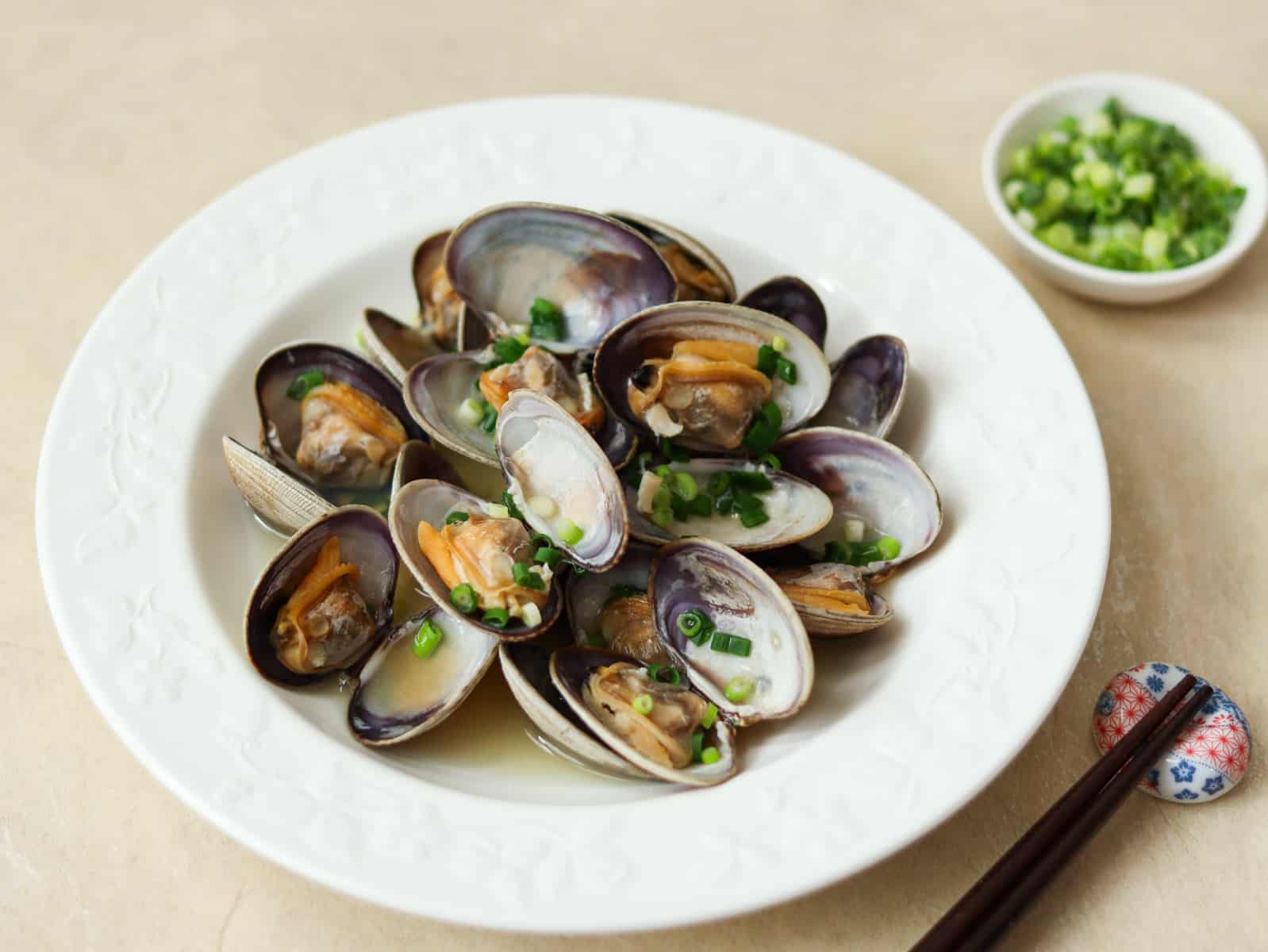
📋Step-by-step recipe
Ingredients
- 0.66 lb cleaned asari clams (Manila clams) (Please refer to the instructions above for how to clean them.)
- 3 Tbsp sake
- 2 green onions / scallions (thinly sliced)
Instructions
🕒 Total: 7 mins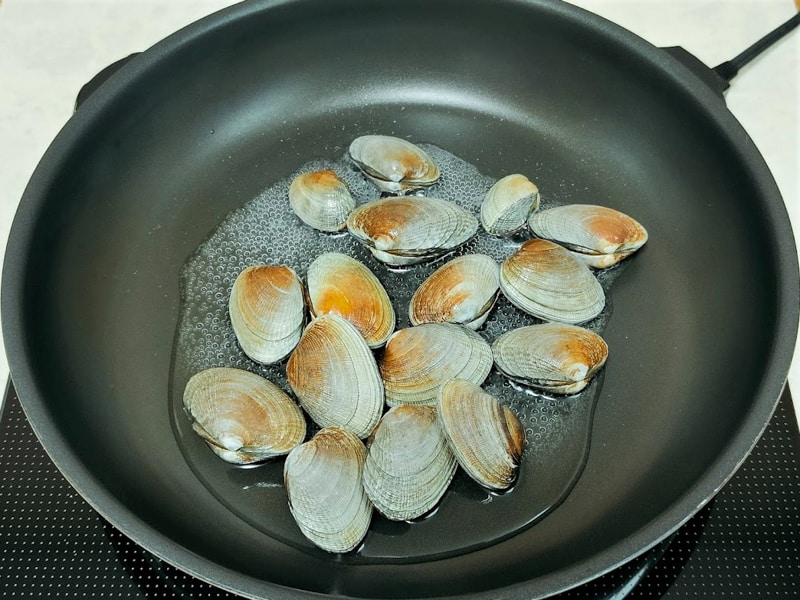
Step 1
Add asari clams and sake to a pan, then heat over medium heat.
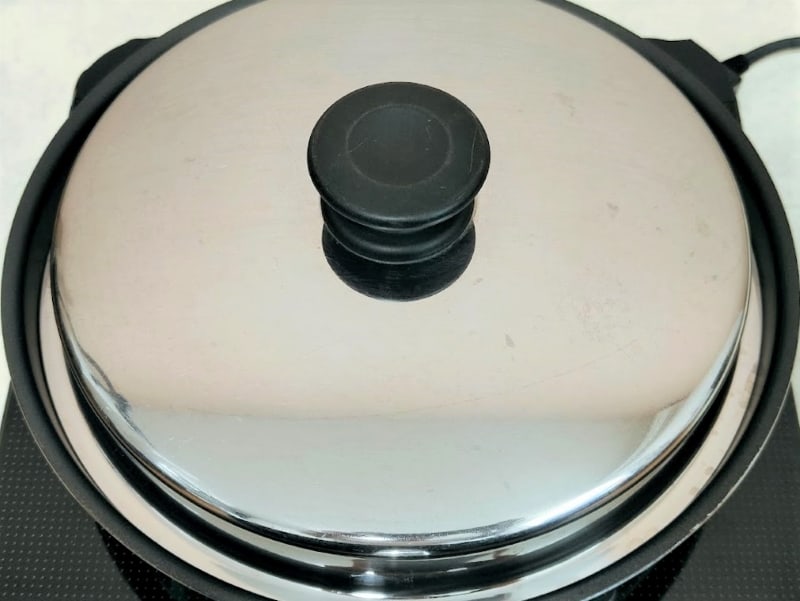
Step 2
Once it starts to boil, cover the pan and let it simmer for about 3 minutes, or until the clams open their shells (it may take up to 5 minutes for larger clams).
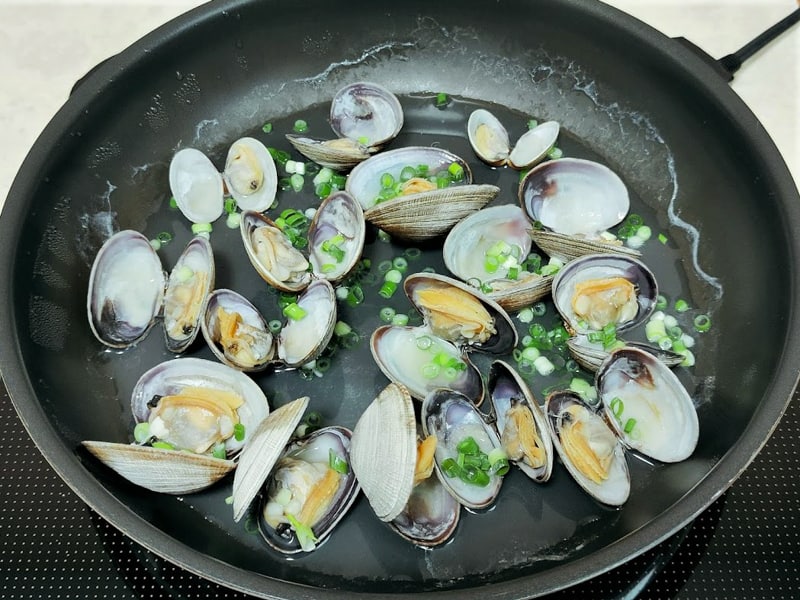
Step 3
Remove the lid and sprinkle green onions over the clams.
To store
You can store it in the refrigerator for up to a day.
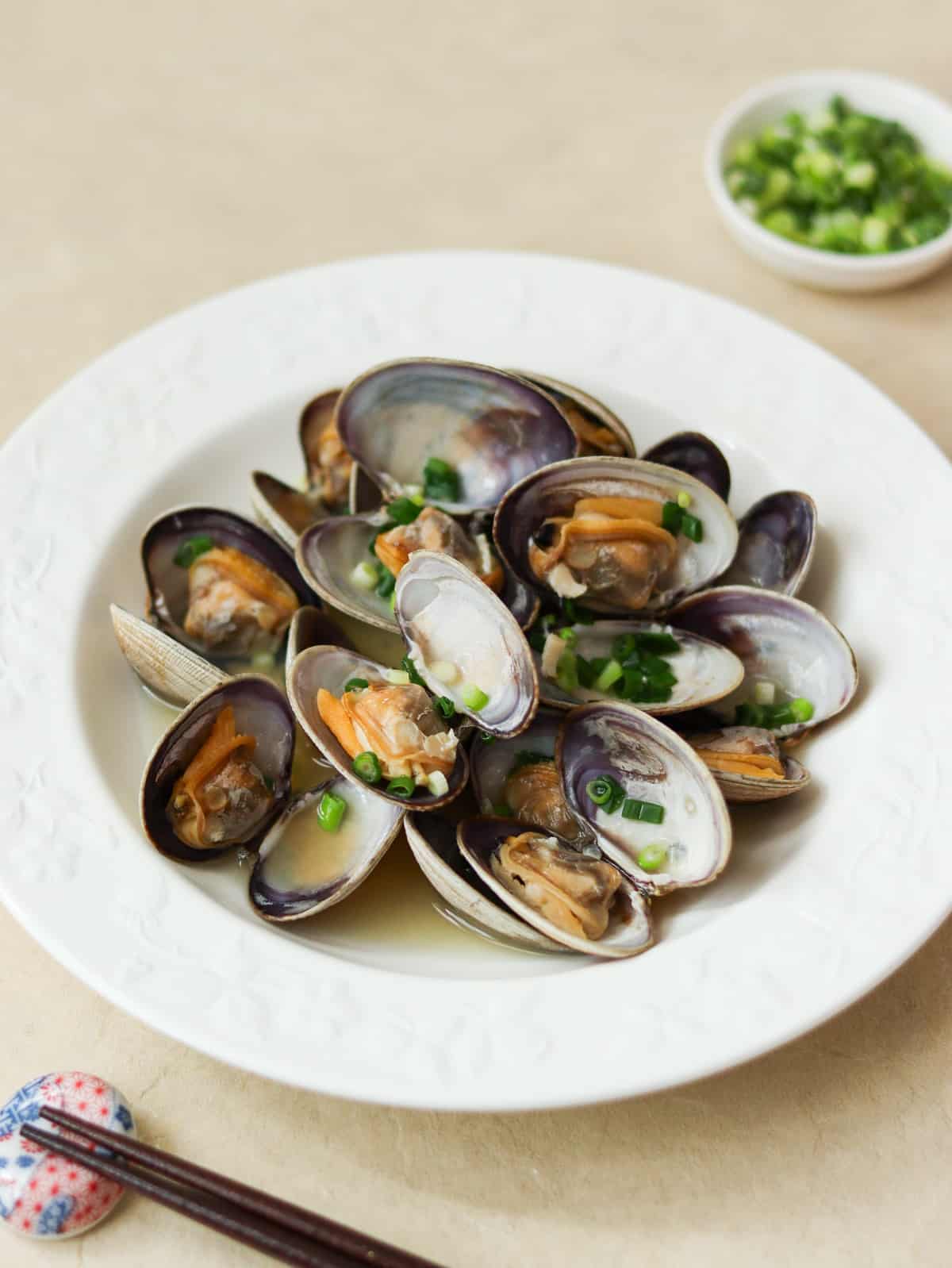
If you try this recipe, I’d love to hear what you think. Please consider leaving a review and star rating in the comments below. If you enjoyed it, I’d really appreciate it if you shared it with your friends.
More shellfish recipes you'll love
Recipe card

Asari no Sakamushi (Sake Steamed Clams)
Ingredients
- 0.66 lb cleaned asari clams (Manila clams) (Please refer to the instructions above for how to clean them.)
- 3 Tbsp sake
- 2 green onions / scallions (thinly sliced)
Instructions
- Add asari clams and sake to a pan, then heat over medium heat.
- Once it starts to boil, cover the pan and let it simmer for about 3 minutes, or until the clams open their shells (it may take up to 5 minutes for larger clams).
- Remove the lid and sprinkle green onions over the clams.
Notes
- You can store it in the refrigerator for up to a day.

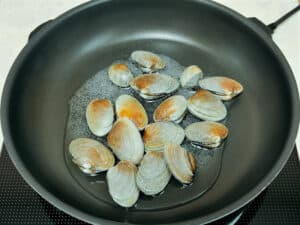
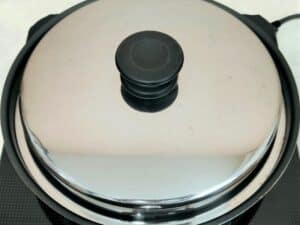
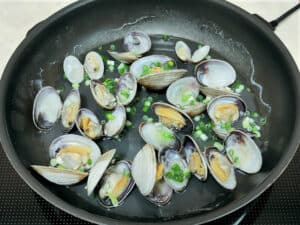
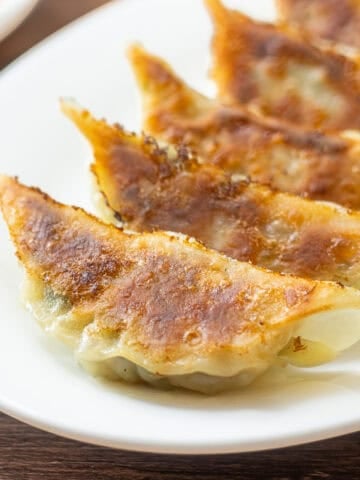
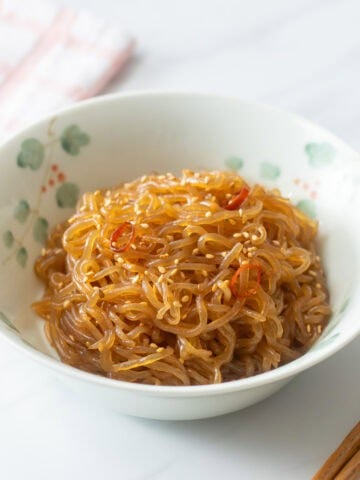
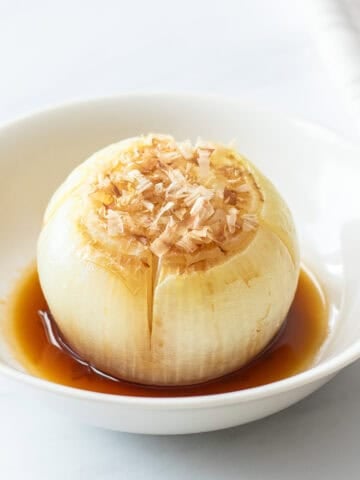
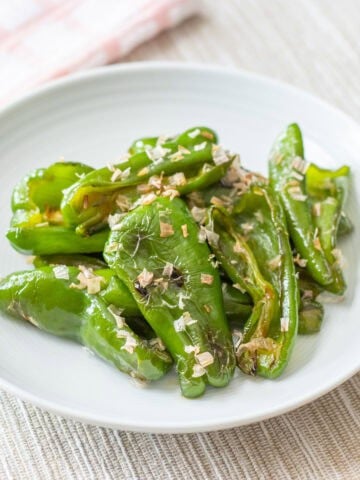
Leave a Rating and a Comment